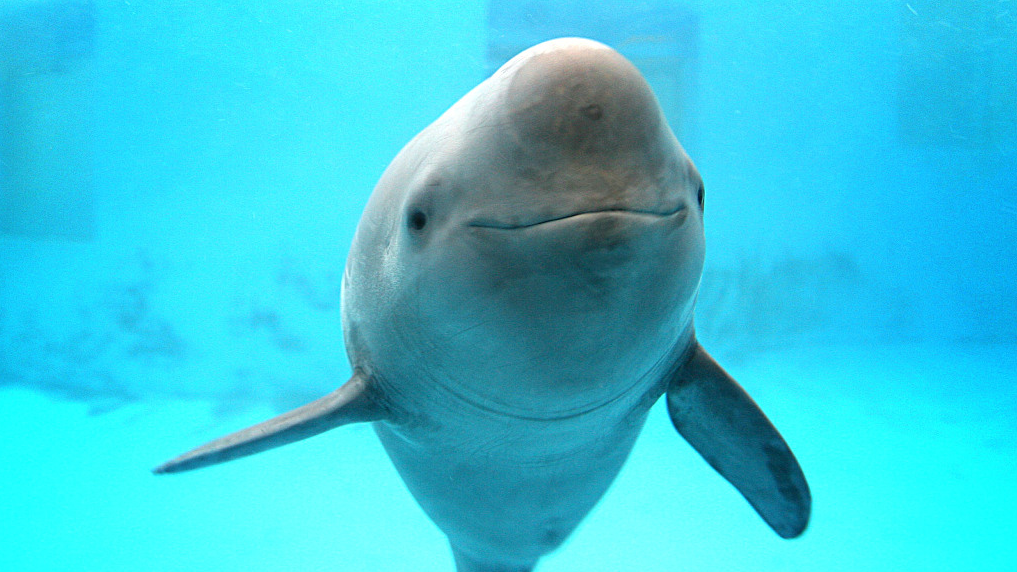The Yangtze finless porpoise is a small whale with teeth that lives only in China’s Yangtze River, the longest river in Asia. It’s the only freshwater porpoise in the world and is in serious danger of disappearing, with only about 1,249 left in 2023. It used to share the river with the baiji, a freshwater dolphin that hasn’t been seen since 2002 and is likely extinct. The porpoise faces threats from heavy human activity, like illegal fishing, pollution, boat traffic, and dams. To help save it, the Chinese government and conservation groups are taking steps to protect it. In 2021, China passed a law banning fishing in the Yangtze River and its branches for 10 years to help the porpoise recover.
Saving the ‘Smiling Angel’ of the Yangtze
The Yangtze finless porpoise, nicknamed the “Smiling Angel” in China, was once close to extinction. Recently, though, people have noticed more of these porpoises leaping out of the water, sometimes in groups or with their babies, which has excited photographers and nature lovers.
A 2022 study by China’s Ministry of Agriculture and Rural Affairs found that the porpoise population has grown to 1,249. Wang Ding, a scientist who has studied these animals for over 40 years, calls this a major milestone. He saw their numbers drop from over 3,000 to just 1,000 around the year 2000, making them one of the world’s most endangered animals.
“This shows we’ve not only stopped the decline, but their numbers are starting to grow, which is great news for the future of the Yangtze finless porpoise,” Wang told CGTN.
This progress didn’t come easily. It took decades of hard work by Chinese scientists and conservationists to reach this point.

A photo of the Yangtze River finless porpoise, known as the “Smiling Angel” in China. /CFP Photo
Three measures of conservation
Back in 1978, when China was speeding up its growth after new economic policies, efforts to save the Yangtze finless porpoise kicked off. It wasn’t an easy time for conservationists like Wang and his team. The focus was mostly on development, and protecting nature often took a backseat.
The finless porpoise depends on fish in the Yangtze River for food. But in the 1990s and early 2000s, heavy fishing drained the river’s fish stocks, and human activities like pollution and boat traffic messed up the porpoise’s home. Despite these challenges, Wang and his team kept pushing to protect these animals. They came up with a three-part plan: protecting porpoises in their natural river home (called in situ conservation), moving some to safer areas (called ex situ conservation), and breeding them in captivity.
Fun Facts About the Yangtze Finless Porpoise
The Yangtze River, Asia’s longest, was once home to two unique dolphin species: the Yangtze finless porpoise and the baiji dolphin. Sadly, the baiji dolphin was declared functionally extinct in 2006, the first dolphin species to vanish due to human activity. The finless porpoise, its close cousin, is known for its playful smile and is super smart—about as intelligent as a gorilla!

